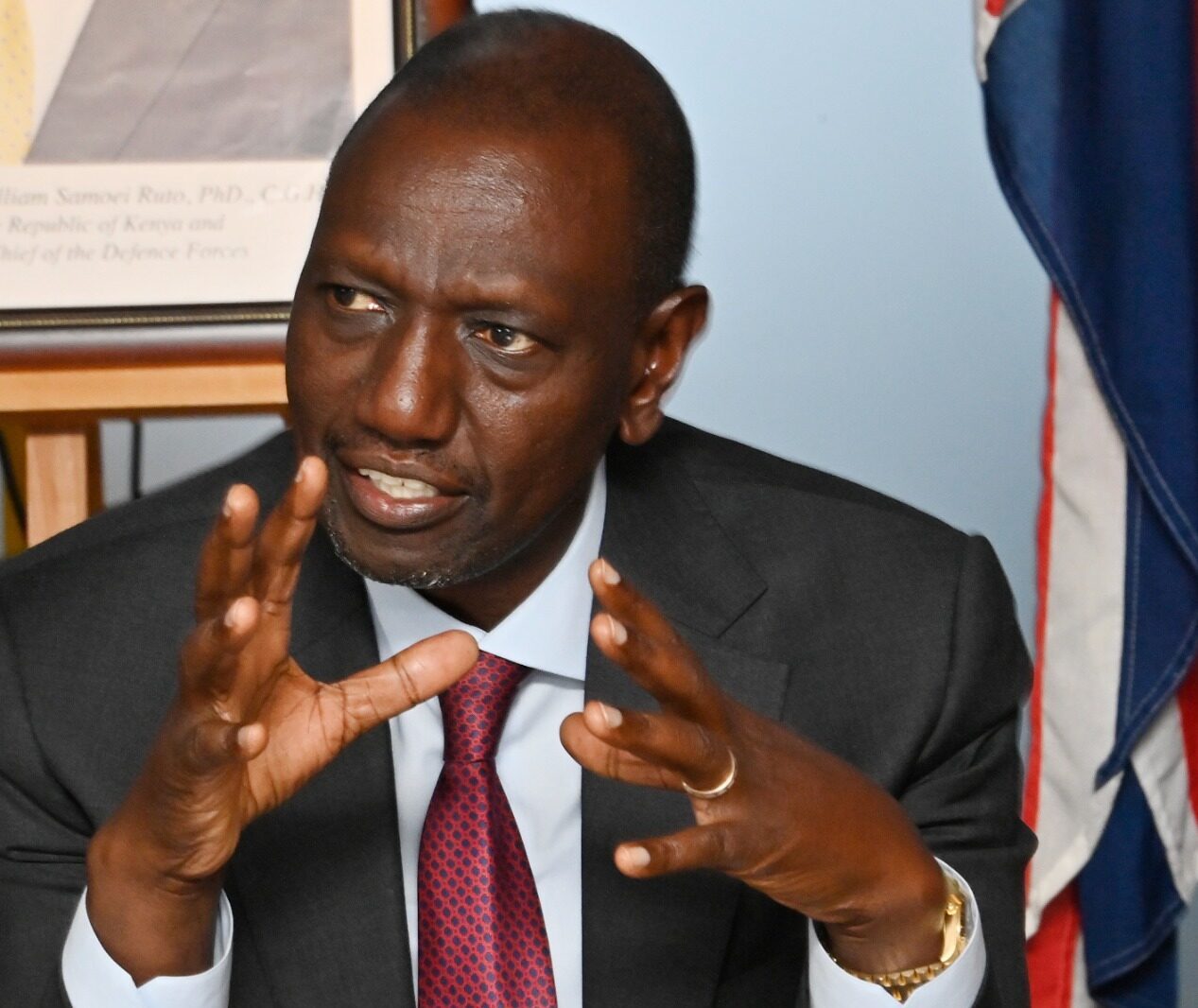Kenya is once again at the center of international attention following a controversial directive from President William Ruto. In response to a surge in violent protests, Ruto has ordered police to shoot protesters in the leg rather than use lethal force, a move that has sparked intense debate about human rights, law enforcement, and the future of democratic expression in the country.
Context: A Nation in Turmoil
Kenya has been rocked by waves of anti-government protests over the past year, driven by public anger over the rising cost of living, alleged corruption, and government crackdowns on dissent. The latest round of demonstrations coincided with the 35th anniversary of the historic Saba Saba protests, which marked a pivotal moment in Kenya’s journey toward multiparty democracy.
The protests have been largely youth-led, with demonstrators demanding accountability, economic reforms, and the resignation of President Ruto. The government’s response has been severe, with police frequently accused of using excessive force, including live ammunition, to disperse crowds. Human rights organizations have reported dozens of deaths and hundreds of injuries in recent weeks alone.
The Presidential Directive
On July 9, 2025, during the commissioning of a police housing project in Nairobi’s Kilimani area, President Ruto addressed the escalating violence and property destruction that have accompanied the protests. He instructed police officers to “shoot in the leg” anyone caught looting businesses or vandalizing property, emphasizing that the goal was to incapacitate, not kill, violent offenders.
“Anyone who burns down someone else’s business and property, let them be shot in the leg and go to the hospital as they head to court. Yes, let them not kill, but shoot and break the legs. Destroying people’s property is not right,” Ruto declared.
This directive, he argued, would serve as a deterrent against criminal activity during protests while avoiding unnecessary loss of life. Ruto also warned political leaders allegedly inciting violence that they would be held accountable, and he labeled attacks on police stations and security installations as acts of terrorism.
Reactions and Criticism
The president’s order has been met with a mix of support and outrage. Supporters argue that it is a pragmatic approach to restoring order and protecting businesses from looting and destruction. Critics, however, contend that it legitimizes police brutality and undermines the right to peaceful assembly.
Human rights organizations, including Amnesty International and the United Nations Human Rights Office, have condemned the use of live ammunition and excessive force by Kenyan police. They have called for independent investigations into all reported killings and abuses, emphasizing that international law only permits lethal force when there is an imminent threat to life.
The Kenya National Commission on Human Rights reported at least 31 deaths and 107 injuries during recent demonstrations, many attributed to police actions. The June 25 protests alone left over 16 people dead, most by police gunfire, according to Amnesty International Kenya.
Political and Social Implications
President Ruto’s directive comes amid mounting frustration with his administration. The opposition and civil society groups accuse the government of stifling dissent and failing to address the root causes of public anger, such as unemployment, inflation, and corruption.
The order to “shoot in the leg” is seen by many as a symbolic reflection of the government’s hardline stance. While intended to minimize fatalities, critics argue it could still lead to severe injuries, long-term disabilities, and further escalate tensions between the public and security forces.
International Response
The UN High Commissioner for Human Rights and other international observers have urged restraint and respect for human rights. They stress the need for dialogue, accountability, and addressing the legitimate grievances that fuel the protests. The global community is watching closely, with Kenya’s reputation as a regional leader in democracy and stability hanging in the balance.
Conclusion
Kenya stands at a crossroads. The president’s controversial “shoot in the leg” directive highlights the challenges of balancing law and order with respect for human rights and democratic freedoms. As protests continue and the world watches, the actions of both the government and its citizens will shape the nation’s future—and its legacy in the struggle for justice and accountability.

